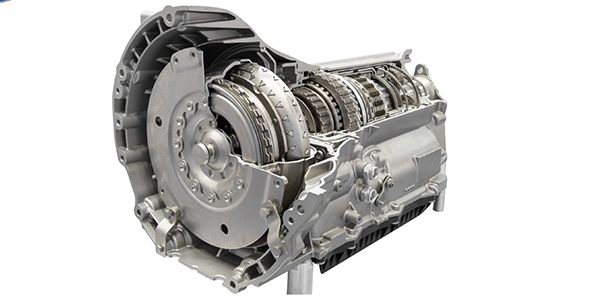During a timing chain replacement, we’ve all been there.
You open up the timing chain kit and notice new sprockets in the kit. You may think that you could save a lot of time and money by not replacing the sprockets, but you’re opening yourself up to potential failure or reducing the longevity of the repair.
If you think that you can get away without replacing the sprockets, remember chains and sprockets are both engineered together mechanically and metallurgically. When a timing chain stretches and fatigues, the relationship between the pins and links changes. These small dimensional fitment changes result in a summation of stretch and impact how the chains engage with the sprockets. This can cause adverse tooth wear, which will not line up to replacement chain lacing or roller patterns.
By the time a customer comes to your shop with a P0016 or P0017 code for camshaft to crankshaft correlation, chances are the wear is already occurred to sprockets due to the stressed timing chain.
In addition, misfires can impact the condition of the chain and sprockets by inducing damaging harmonics. If the misfire is caused by a preignition event, the stresses on the sprockets and chains can be extreme. The cause of a misfire needs to be diagnosed either before or after the timing system is repaired. If the engine has suffered a catastrophic failure that has caused the engine to stop suddenly, damage has occurred. Therefore, the full system should be replaced.
In the event that a well-maintained clean engine needs timing system repair, the reuse of sprockets can be considered. But keep in mind the fatigue life of the system depends on the pairing of the fatigue life of each individual component. don’t let the fatigue life of the sprockets limit the repair longevity of the system as a whole.
Cloyes recommends that all components the timing system be replaced at the same time – this includes the sprockets that are included with most timing chain kits and VVT systems when necessary. For more information on your technical questions visit our tech center at Cloyes.com
This video is sponsored by Cloyes.













